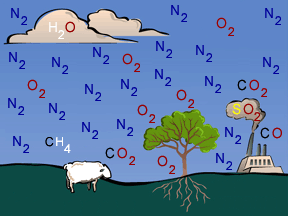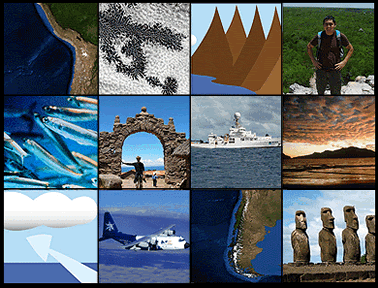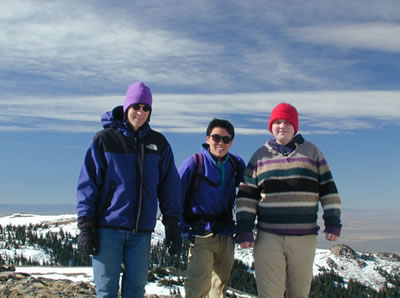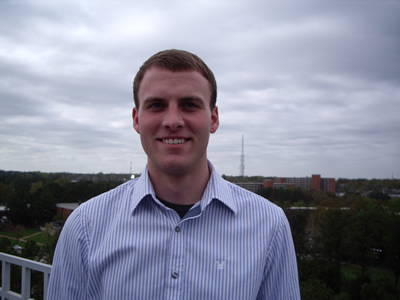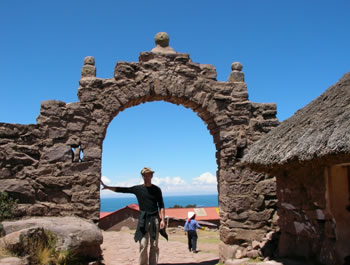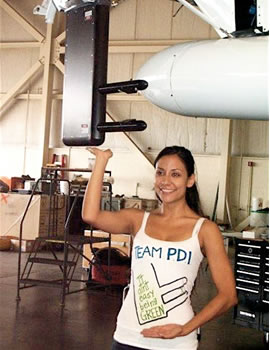
Image Courtesy of Dione Rossiter
Who is involved in VOCALS?
The VOCALS researchers have many interesting things to do, and teamwork is very important! Their roles and responsibilities are numerous and varied during a field campaign. So, too, are the tools and instruments that they will deploy on ships, in aircraft, and on the land.
Observations obtained by VOCALS scientists will help to improve models that describe physical and chemical processes in the atmosphere and predict future climate.
Here are some job descriptions of VOCALS scientists:
The scientists share expertise with each other. They also have the support of many other skilled people, such as computer programmers, aircraft pilots, ship navigators, machinists, engineers, and travel logistics planners. Before the actual field campaign begins, various teams of experts come together to design, organize, and prepare for their mission.
During the campaign every second counts, because mistakes can cost lots of money and risk lives. Therefore, each day during the VOCALS campaign the lead scientist, known as the principal investigator, will be in very close communication with all teams to ensure that their activities occur in a highly efficient, coordinated, and safe manner.
The best way to learn about the people involved in science field work is from the scientists themselves. Some have years of experience, and others have just completed their PhDs or are in graduate school. The links below will introduce you to some of these people through biographies that describe their interests and their careers.

Colorado State University
National Center for Atmospheric Research
University of Wyoming
University of Miami
National Center for Atmospheric Research
University of California, Santa Cruz
University of California, Santa Cruz
University of Wyoming
North Carolina State University
Oregon State University
Dr. Boris Dewitte
Institute for Research and Development, Peru
University of Washington
NOAA's Earth System Research Laboratory
Columbia University
Rhea George
University of WashingtonDr. Paquita Zuidema
University of Miami
Scripps Institution of Oceanography







